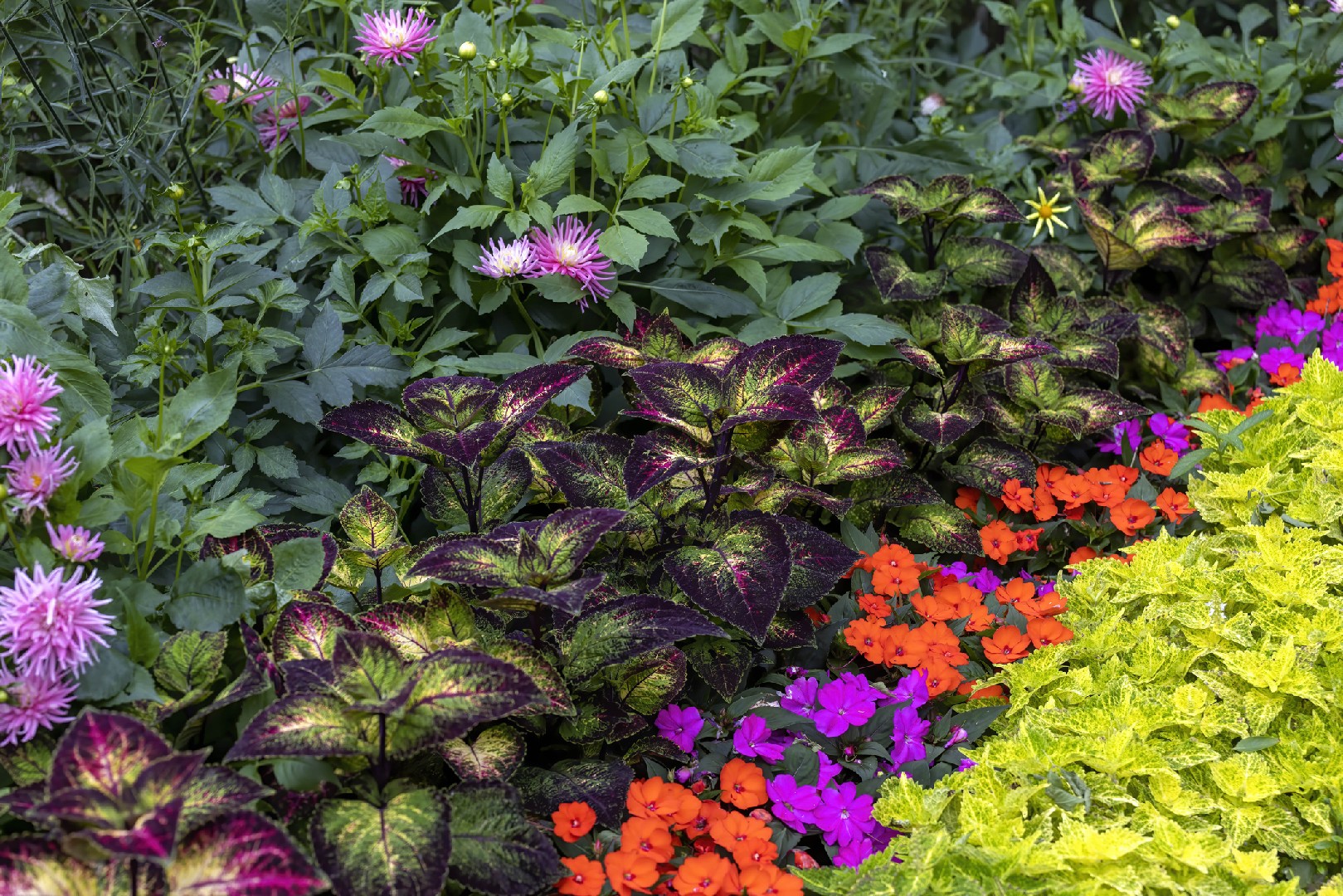![Rectangle]()
Color Combinations: Breathing Life into the Garden Scene
Creating a vibrant and visually appealing garden involves more than just randomly placing colorful flowers. It requires a thoughtful approach to color combinations, which can help bring life and character to your garden. In this section, we will explore different color schemes and how they can contribute to the overall aesthetics of your garden.
Defining schemes for monochromatic, complementary, and analogous color combinations: One of the fundamental aspects of designing a garden with perennials and annuals is understanding different color combinations. Monochromatic color schemes involve using variations of a single color, creating a harmonious and soothing effect. For example, planting various shades of purple and violet flowers like lavender, veronica, and petunias can create a tranquil and elegant atmosphere.
Complementary color combinations, on the other hand, involve pairing colors that are opposite to each other on the color wheel. This contrast creates a visually striking effect. For instance, combining red and green plants, such as roses and ferns, can bring a sense of drama and energy to your garden.
Analogous color combinations, which involve using colors that are adjacent to each other on the color wheel, can create a sense of unity and harmony. For example, combining different shades of yellow and orange flowers, such as marigolds and coreopsis, can bring warmth and vibrancy to your garden.
How color combinations help create mood, depth, and cohesion in the garden: Color combinations in gardens can evoke different moods and emotions. Bright and vibrant colors, like reds and oranges, can create a lively and energetic atmosphere. On the other hand, cool and calm colors, such as blues and purples, can generate a sense of serenity and tranquility. By strategically using color combinations, you can create the desired ambiance in your garden.
In addition to setting the mood, color combinations also play a crucial role in adding depth and dimension to the garden. Using light and dark shades of the same color can create an illusion of depth, making your garden appear larger and more dynamic. Similarly, mixing different colors in layers can give your garden a multidimensional look, with taller plants in the back and shorter plants in the front.
Examining case studies of successful application of color combinations: To truly grasp the impact of color combinations in garden design, let's examine a few case studies of successful gardens. The "Monet Garden" in Giverny, France, inspired by impressionist painter Claude Monet, showcases a stunning blend of complementary colors like purples and yellows, creating a vivid and dreamy atmosphere.
Another example is the "Sissinghurst Castle Garden" in England, renowned for its skilled use of monochromatic color schemes. This garden features various shades of pink and white flowers, creating a romantic and enchanting setting.
By studying these case studies and observing the techniques employed, you can gain valuable insights into how to effectively utilize color combinations in your own garden.
In conclusion, color combinations are essential in designing gardens with perennials and annuals. Understanding different schemes like monochromatic, complementary, and analogous, enables you to create a visually captivating and harmonious garden. By considering the mood, depth, and cohesion that color combinations can bring, you can transform your garden into a masterpiece. So, embrace the art of color and let your garden bloom with creativity and beauty.





